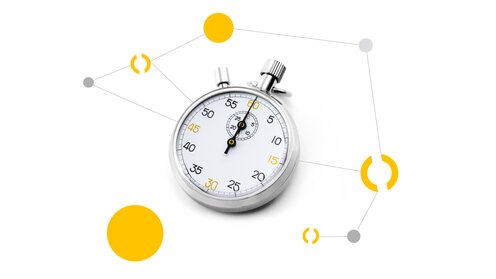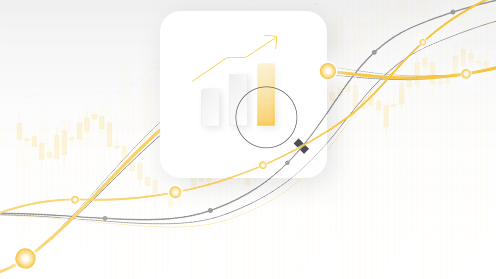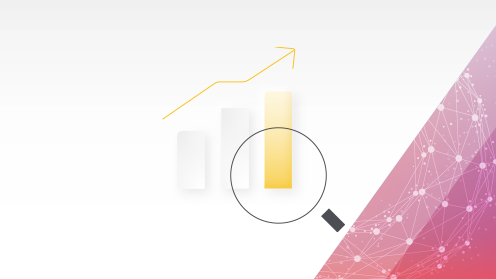This article is from the latest edition of our In Sync Magazine. Read it here for more insights into the transport market and our digital solutions.
What’s new and happening in the transportation sector
In the past, transport execution was broadly about assigning a shipment to a carrier and once that was done, moving on to the next task. That’s now changed. The world of transportation has become so unpredictable, with carriers rejecting shipments, last-minute changes, in-transit delays and many more challenges. This has led to companies seeking out visibility options to help them manage this unpredictability. However, many have come to realise that they need more than just visibility on its own. What they really need is context. This can then be added to their operational systems so they can see the full picture, in terms of ‘what is planned’, and also ‘what is happening’, in one single interface. This means they can take action based on insights, rather than gut feeling.
Richard Wilding, professor of Supply Chain Strategy at Cranfield University, recently said that transport execution used to be 20% unpredictable and 80% predictable, but that situation is now the complete opposite. Many customers will recognize this viewpoint. Without automated solutions to help, many personnel hours are lost fixing unexpected issues, such as seeking out individual spot market quotes, when there is a problem with a contracted lane or port delays in transshipment. If you can automate the process appropriately, to suit your business needs, you gain the confidence that comes from knowing you have a well-balanced execution strategy.
Questions customers are asking right now
Having seen the initial benefits of visibility in the supply chain, customers are asking us for the next stage, so that they have a complete picture available at all times, enabling them to make visibility actionable. For example, they might ask: why have visibility of an Ocean shipment if it isn’t linked to a day-to-day operational system? They want to be able to drill down to individual SKU level, to identify exactly what is late. With that knowledge, customers are seeing the benefits that can be gained from integrated real-time visibility, throughout their supply chain and logistics chain.
Automation alters strategic perspectives and the common exercises associated with them. Where in the past, teams might have debated whether to outsource to a 4PL or insource from a 4PL, they are now seeing that the technology has evolved to a level where they can manage transportation flows without needing a huge team of logisticians. With the help of automation, you can do this with a small team, and that makes a powerful business case.
Key drivers for customers
I think customers understand that transportation logistics is now much more than a service you buy or hire. When executed properly it becomes an important competitive advantage. By managing their own flows with this understanding, they are better able to tackle their sustainability goals, as well as benefiting from the flexibility and adaptability, which is now such a vital requirement of today’s transportation logistics challenges.
How the Transport Execution Hub can improve your business
Advantages
-
Flexibility
-
Panoramic network overview
-
More benefits from end-to-end visibility of all modes
-
Full interoperability with partners
-
Automates your process
Facts and Figures
With the Transport Execution Hub you can achieve up to:
-
10% savings on freight spend
-
30% less manual admin
-
13% fewer empty runs
-
4% spot spend reduction
Learn more about our Transport Execution solutions for shippers and carriers




